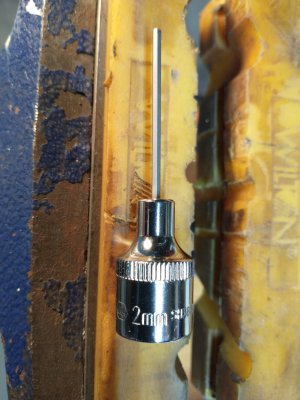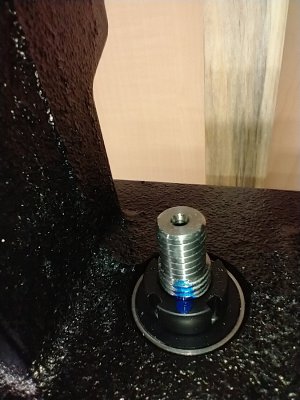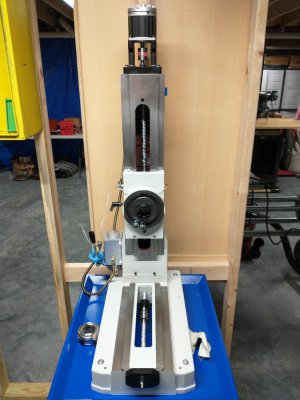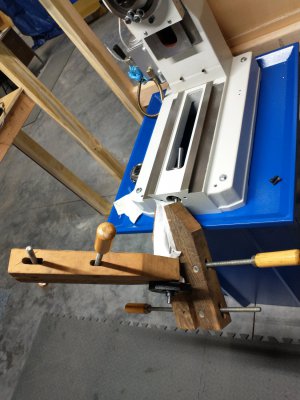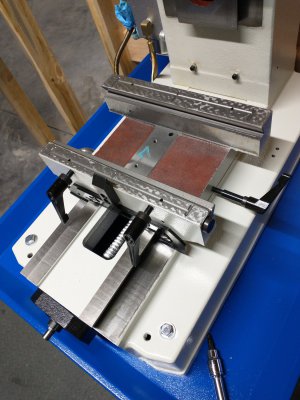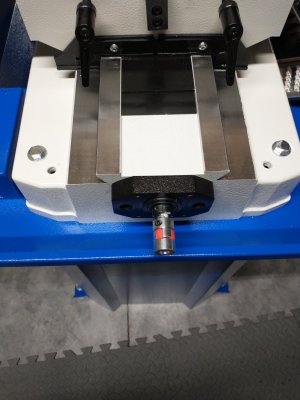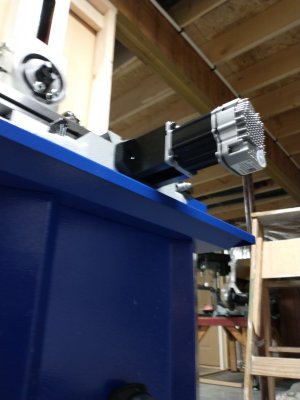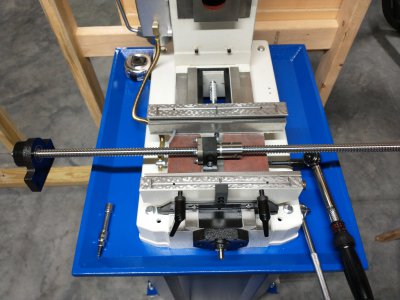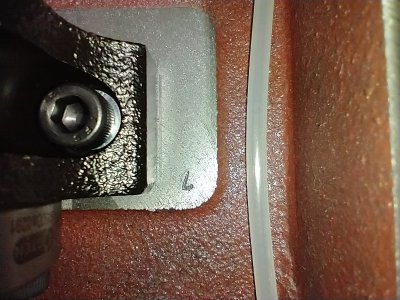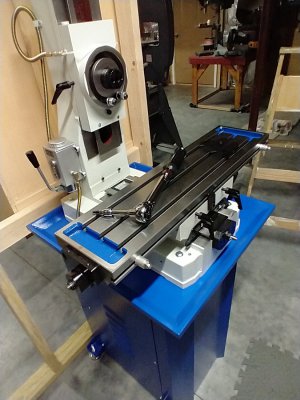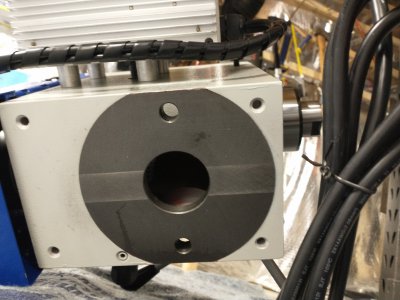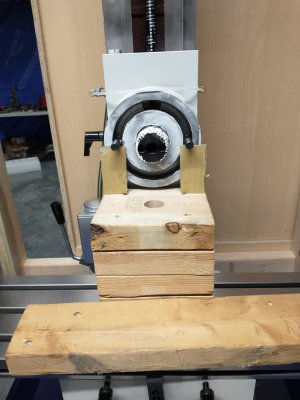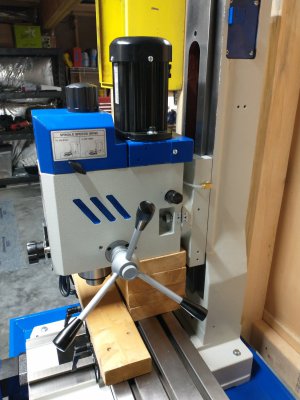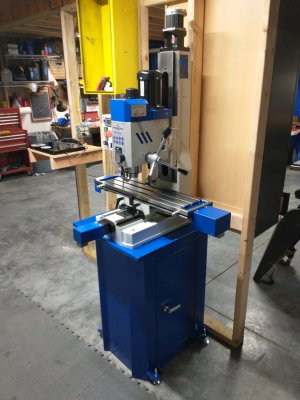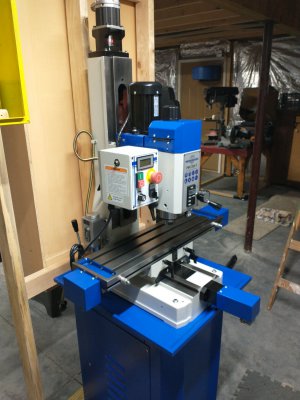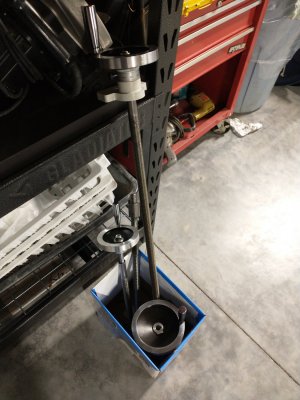- Joined
- Aug 12, 2022
- Messages
- 40
As noted in Koenbro's conversion thread, one side of the spider couplings are not the correct sizes for the Teknic servos. The Teknic servo shafts are 3/8" and 1/2". I found some inexpensive couplings ($9.99 & $13.99) of the correct size. Purchase information will be in the final parts spreadsheet.
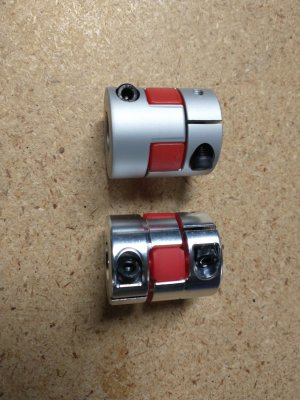
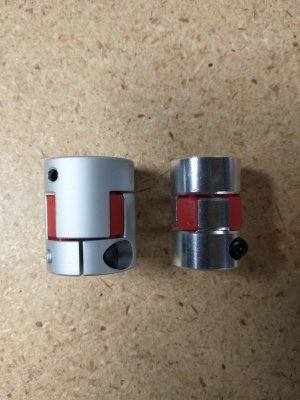
The shiny aluminum are the purchased replacements. The coupling for the NEMA 34 servo has the same dimensions as the PM supplied coupling, The coupling for the NEMA 23 servos is smaller diameter, but the same length as the supplied coupling. Very good quality parts.


The shiny aluminum are the purchased replacements. The coupling for the NEMA 34 servo has the same dimensions as the PM supplied coupling, The coupling for the NEMA 23 servos is smaller diameter, but the same length as the supplied coupling. Very good quality parts.


